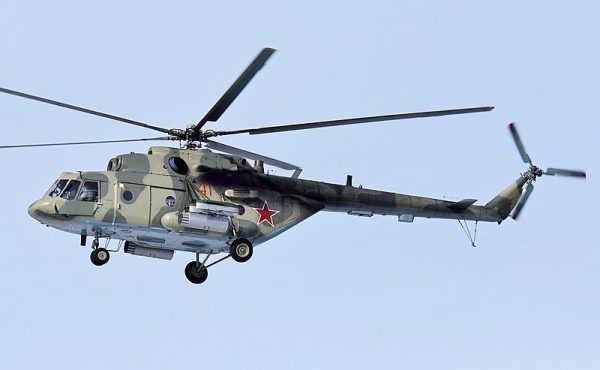In the ongoing war between Russia and Ukraine, a recent drone strike has left the Russian Air Force reeling. Described by one aviation expert as “a black day for Russian aviation,” the attack targeted a key airbase and reportedly destroyed multiple high-value military aircraft. The implications go far beyond hardware loss.
This event marks a turning point, not just tactically, but symbolically, in a conflict where drones are reshaping the battlefield. Let’s take a closer look at what happened, why it matters, and what it signals for the future of Russian air power.
What Happened?
The Ukrainian military launched a series of long-range drone strikes deep into Russian-held territory. According to satellite imagery and military analysts, the strike hit the Morozovsk airbase in Rostov Oblast, damaging or destroying at least six Su-34 fighter-bombers. These aircraft are central to Russia’s aerial operations in Ukraine.
The damage appears to be significant. Russian state media downplayed the incident, but independent analysts have verified images of scorched tarmacs and wreckage. The aviation expert who called it “a black day for Russian aviation” noted that this was not only a material loss—it was a blow to morale and strategic capability.
Why This Matters
The loss of several Su-34s—each worth tens of millions of dollars—isn’t just a headline. It’s a real, measurable setback. The Su-34 is heavily used for bombing runs and air support in Ukraine. Fewer planes mean fewer missions and reduced pressure on Ukrainian forces.
Even more damaging is the optics. Russian airspace, once seen as secure, now appears vulnerable. This drone strike undermines the perception of control and reveals potential lapses in Russia’s air defense systems.
From a strategic standpoint, it raises serious questions. How did drones, often dismissed as low-cost tech, manage to breach airbase defenses? And can similar tactics be replicated?
Expert Reactions
Aviation experts and defense analysts worldwide have reacted strongly. Many see this as a pivotal moment. Justin Bronk of the Royal United Services Institute noted, “It’s an embarrassment for Russian air defense and a showcase of Ukraine’s evolving drone capabilities.”
The use of drones has shifted the military balance. Cheap, agile, and precise, they allow Ukraine to strike targets once thought untouchable. Russian aviation now faces a persistent threat not from rival jets, but from small, inexpensive aircraft flown remotely.
What’s Next?
The strike signals that Ukraine is expanding its operational reach, and Russian aviation is now under pressure to adapt—or suffer more losses. This isn’t just about one base or a few planes. It’s about a broader shift in modern warfare where even powerful air forces are no longer safe from low-cost innovation.
With drone strikes becoming more frequent and effective, the phrase “a black day for Russian aviation” may become less of a headline and more of a recurring theme.



